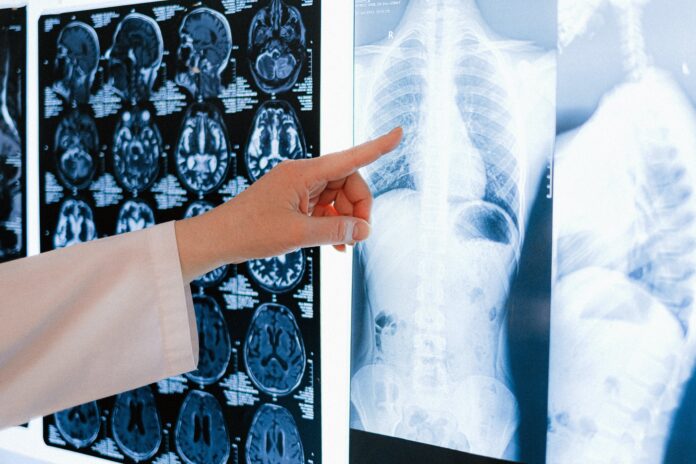Lung cancer remains a formidable challenge in the medical world, accounting for a quarter of all cancer deaths. The Canadian Cancer Society highlights a stark contrast in survival rates: 62% for Stage 1 diagnoses versus a mere 3% for Stage 4.
This disparity highlights the critical need for early detection tools. Dr. Stephen Lam, Professor of Medicine at the University of British Columbia, explained in a CBC interview, “All of these cancers were found in people who do not have symptoms suspicious of lung cancer such as hemoptysis (coughing up of blood), chest pain, weight loss or a change in breathing,”, illustrating the silent nature of early-stage lung cancer.
Marla Kott’s story is a poignant example of the disease’s impact. Diagnosed with Stage 4 lung cancer on her 60th birthday, Kott reflects, “It was not a great day.” Her journey mirrors the experiences of many who are diagnosed late due to the absence of early symptoms. Kott’s resilience, still going strong nine years later, underscores the need for a test that can catch the disease in its stages.
The proposed solution lies in a simple breath test.
“When we exhale, we exhale over 1,000 volatile organic compounds,” shares Dr. Renelle Myers, Clinical Associate professor of Medicine at University of British Columbia, hinting at the complexity and potential of our breath. Leveraging artificial intelligence (AI), the test seeks to identify specific chemical signatures in the breath that signal early lung cancer.
Unlocking patterns through AI
Deciphering data from breath samples is a massive task, one made feasible by AI. “There’s thousands of compounds in a single breath,” Myers explains to CBC, elaborating on the role of AI in organizing and analyzing this wealth of information. The AI sifts through the data, categorizing individuals by age, risk factors, and other cancer indicators.
One startling revelation from this research is the increasing prevalence of lung cancer in never-smokers. BC Cancer’s study indicates that air pollution, particularly fine particles like PM2.5, could be a significant factor.
“We are seeing an alarming increase of lung cancer in never-smokers,” Myers notes to BC Cancer, pointing to environmental risks that extend beyond tobacco use.
This research is not just a local endeavour. A nationwide clinical study is underway, aiming to examine 4,000 individuals across Canada. The focus extends beyond mere detection — researchers are also studying how lung nodules develop and how breath signatures evolve in correlation.
Impact on healthcare
The potential benefits of this research are vast. Accurately identifying non-cancerous nodules could significantly reduce the strain on healthcare resources. Myers envisions a future where patients can be given the all-clear without the need for extensive follow-ups, emphasizing the test’s power in “potentially really reducing downstream resource utilization in our health-care system.”
In the battle against lung cancer, early detection is the best weapon. BC Cancer’s pioneering breath test, harnessing the power of AI, opens a promising new front and a future where a simple breath could be the key to early detection and effective treatment.








































